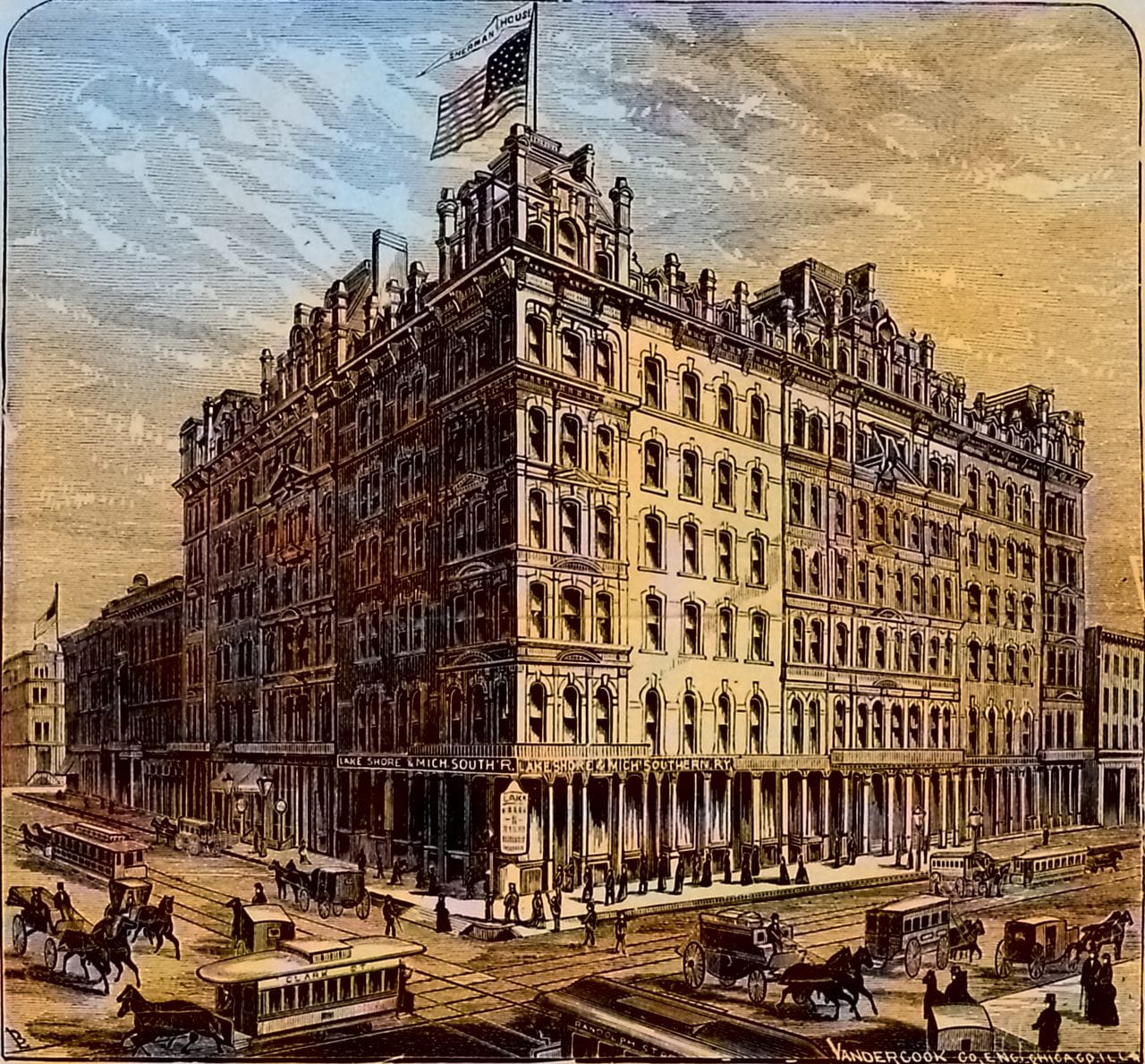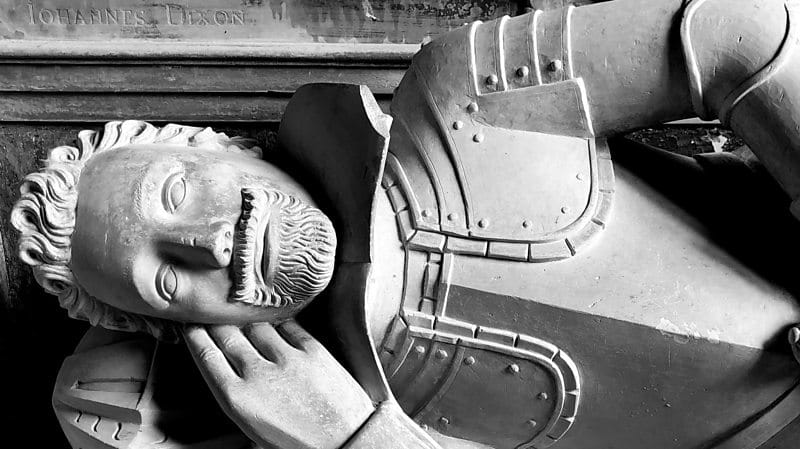Red Cross and Vatican helped thousands of Nazis escape

Editor's note: Mathew here. A little bird told me that the message I sent out earlier today, asking you (okay, begging you) to subscribe to this newsletter, didn't have a big "Subscribe" button on it for those of you who had already signed up for the free version. So I am adding one here that should take you to a place where you can upgrade or change to the paid plan, if you choose to do so. Or of course there's always the Patreon – and thank you to those of you who have already signed up! We are best friends now. And as always, thanks for reading! After the button, you will be returned to your regularly scheduled program, already in progress. Here comes the big blue button (if I did this right).
The Red Cross and the Vatican helped thousands of Nazis escape after World War II

From the Guardian: "The Red Cross and the Vatican both helped thousands of Nazi war criminals and collaborators to escape after the second world war, according to previously unpublished documents. The Red Cross has previously acknowledged that its efforts to help refugees were used by Nazis because administrators were overwhelmed, but the research suggests the numbers were much higher than thought. Gerald Steinacher, a research fellow at Harvard University, was given access to thousands of internal documents, including Red Cross travel documents issued mistakenly to Nazis. They throw light on how and why mass murderers such as Adolf Eichmann, Josef Mengele and Klaus Barbie and thousands of others evaded capture by the allies. Steinacher says Britain and Canada alone inadvertently took in around 8,000 former Waffen-SS members in 1947, many on the basis of valid documents issued mistakenly."
The world's first refrigerated feast struck fear into many of those who were invited to it

From Atlas Obscura: "In October of 1911, some 400 guests sat down to one of the most pivotal meals of the 20th century. The setting was the Louis XVI room in Chicago’s Hotel Sherman, a luxurious meeting place for the elite that catered to swaggering politicians and mafiosi alike. There, under the cavernous, molded ceilings, the mayor of Chicago, the city’s health commissioner, and other bigwig bureaucrats steeled their nerves for the world’s first-ever “cold-storage banquet.” In his toast, the secretary of the National Poultry, Butter, and Egg Association praised guests’ bravery in trying a meal that relied on nascent technology: “What better example of courage could we have than their presence today, for it took considerable courage in the face of all that has been written in the newspapers to sit down to such a spread.” This was nearly two years before the first commercial refrigerators started appearing in American homes."
In medieval times, people awoke for several hours each night and then went back to sleep

From the BBC: "Originally, Ekirch had been researching a book about the history of night-time, and at the time he had been looking through records that spanned the era between the early Middle Ages and the Industrial Revolution. He was dreading writing the chapter on sleep, thinking that it was not only a universal necessity – but a biological constant. He was sceptical that he'd find anything new. But as he read through Jane's criminal deposition, two words seemed to carry an echo of a particularly tantalising detail of life in the 17th Century, which he had never encountered before – "first sleep". Over the coming months, Ekirch scoured the archives and found many more references to this mysterious phenomenon of double sleeping, or "biphasic sleep." He found references to the system of twice-sleeping in every form, including hundreds in letters, diaries, medical textbooks, philosophical writings, newspaper articles and plays."
Trying to stem the unrelenting tide of New York City's feral cat epidemic

From Curbed: "On a recent Sunday afternoon, Lauren Caulk was in her “cat room,” a tiled, closet-size space outfitted with a drain. A litter of kittens had just moved in. They were stumbling over each other, wet pink eyeballs sunken into their tiny heads. One was almost entirely blind, another had ulcers Caulk was hoping the vet could shave off. “All this one seems to know how to do is face-plant in his food,” Caulk said, pointing to a woozy kitten she’d named Raisin Bread. She was giving him sponge baths several times a day. In crates stacked against the walls of the cat room nestled a handful of adults: A rescue from a house fire with purple gums from CO² inhalation, a cat with some kind of leg condition. As she introduced me to each cat, she ran down her daily routine: Clean half a dozen litter boxes, feed the cats, dole out medication in nine to 15 little bowls, send a round of emails to vets in the hopes of getting discounted checkups and scans."
Were pirates of the 17th century implacable foes of the modern world order? Not always

From the New Yorker: "The pirates we typically have in mind are specific ones: the English-speaking sea robbers who sailed from the mid-seventeenth century to the first few decades of the eighteenth. And what makes these maritime lawbreakers of long ago so fascinating that, three centuries later, we’re still dressing up like them? The easy answer is that they were rebels. We delight in their lusty, wild lives because we, too, want to live freely. But were pirates implacable foes of the modern order? Not always. Was it a crime to take to the seas and plunder ships, and seize a fortune in silver from Spain’s American colonies? For the Spanish, it absolutely was, and they called the villain responsible El Draque (the Dragon). But when El Draque’s ship returned to Plymouth and deposited five tons of stolen silver in the Tower of London, Queen Elizabeth knighted its captain, Sir Francis Drake."
A tennis ball has been lodged in the archway of a British cathedral for 110 years

From The Sun: "Britain's oldest tennis ball has been lodged in the archway of a cathedral for 110 years. It got stuck in the mouldings after a little boy named Gilbert Bell threw it too high as he played with his brother in 1914. It has been there ever since and Lincoln Cathedral says there are no plans to remove it. In 2005, the family of Mr Bell wrote to the cathedral to 'ask for it back' after it became a family legend. Four generations of the boy’s family have made trips there to check it is still in place. Jane Cowan, Head of Conservation at Lincoln Cathedral said that it was an unusual thing to have to consider when looking after an historic building. "The ideal option would be for us to leave the ball in position as its story is now integral to that of the cathedral,” Cowan told the Sun. "The stories are intertwined and are both much the richer for that."
This door has a very unusual way of opening
Greatest door of all time 🚪 pic.twitter.com/mGRt9nScNX
— Interesting As Fuck (@interesting_aIl) July 24, 2024
Acknowledgements: I find a lot of these links myself, but I also get some from other newsletters that I rely on as "serendipity engines," such as The Morning News from Rosecrans Baldwin and Andrew Womack, Jodi Ettenberg's Curious About Everything, Dan Lewis's Now I Know, Robert Cottrell and Caroline Crampton's The Browser, Clive Thompson's Linkfest, Noah Brier and Colin Nagy's Why Is This Interesting, Maria Popova's The Marginalian, Sheehan Quirke AKA The Cultural Tutor, the Smithsonian magazine, and JSTOR Daily. If you come across something interesting that you think should be included here, please feel free to email me at mathew @ mathewingram dot com



